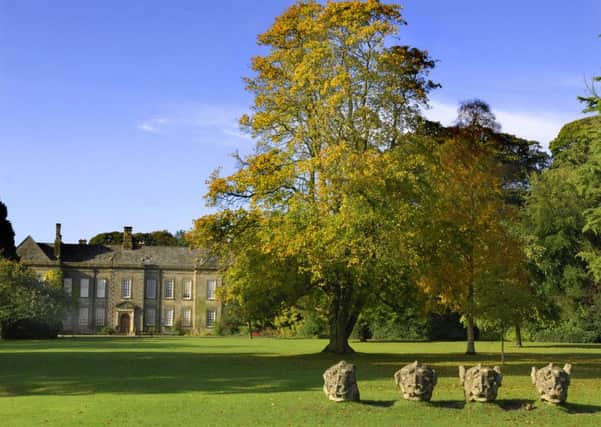Northumberland, History Society


Dr Barrow is a maritime historian, who has collected a considerable amount of material relating to smuggling along the North East coast (Berwick to Whitby, roughly).
In this area, there were just three customs houses responsible for considerable stretches of coast. These were Berwick, covering from Eyemouth to Alnmouth; Newcastle, covering Amble to Sunderland; and Stockton-on-Tees, which covered Ryhope to Saltburn.
Advertisement
Hide AdAdvertisement
Hide AdThe history of smuggling goes back to 1275, when Edward I introduced customs duties on wool.
Wine was certainly smuggled after 1453, but smuggling really got going after mercantilist legislation (giving company’s monopolies for trade in certain areas) in 1660.
It grew until the 18th century but began to decline in Victorian times, when protection for trade in the form of duties began to be abolished.
At its heyday, smuggling was a highly-organised activity. There were small groups of individuals, but also bands of 40 or 50 men working full-time at their “trade”. They could sail in swift, easy to manoeuvre, heavily armed, vessels.
Advertisement
Hide AdAdvertisement
Hide AdIn 1780, one of these carried 24 guns, and over 70 heavily-armed men. They would choose remote, sparsely-populated beaches to land their goods, and their was an efficient network to dispose of them quickly.
The complement of men to patrol these areas was totally inadequate, though there were some successes, which were dealt with severely.
The easiest and most profitable commodity to smuggle was tea, and even the East India Company engaged in this. In 1764, goods valued at £7million pounds were smuggled.
There were many attempts at regulation by the government. The first of these Acts was the unsuccessful 1718 Hovering Act, to allow boarding on any vessel under 50 tons ‘hovering’ within six miles of the coast. Other, equally unsuccessful, Acts followed.
The next meeting of the Society will be held on Tuesday, January 24, at Bailiffgate Museum at 7.30pm, when Alistair Sinton will be telling us about the Old Great North Road.